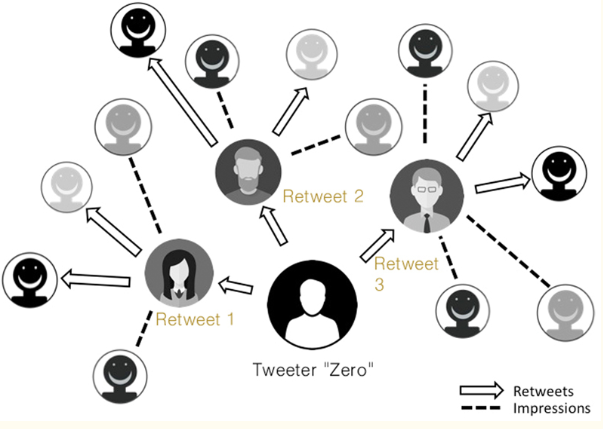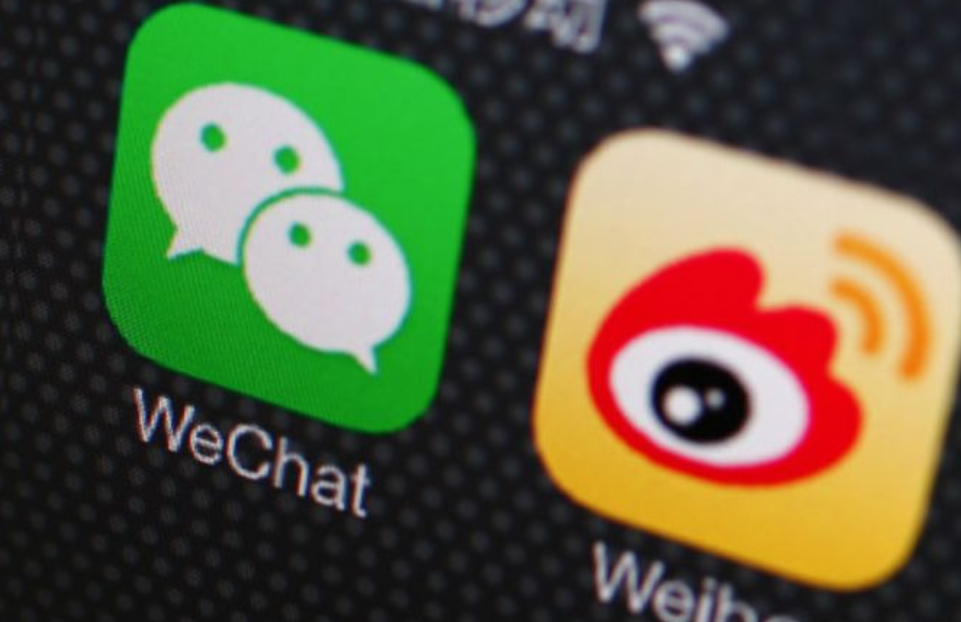Nowadays, the internet is helping information to flow more extended and actively. Let’s take journalism as an example. Back to 20 years ago, if there was breaking news, people usually could not get announced until it is reported on tv or newspaper. However, by using mobile phones now, people can receive messages at any time anywhere.
According to Thomas and Varghese, they give an example of how the tweet is expressed through these people(figure 1). This reminds me of the 6-degrees we discussed in class. Tweets are only spread in one-way, and also, people can retweet even they are not friends. Therefore, the information can be spread wider and wider. The report suggests that the number of people who can see the information is growing exponentially. Especially, if one of the reposters is a high-profile people, then the tweet will spread way faster than usual. This is the effects of target’s characteristics.

Several factors will enhance the spread of information on social media. First off, the power of social norms; secondly, “having a clear moral incentive to act”; thirdly, the feeling of compassionate; fourthly, turning the social pressures into personal behaviour. These make people feel a sense of belonging, and more likely to engage in the event. People think they are having the same behaviour as others in society. However, this is causing problems. Users are more likely to get participate rather than doing the right thing. According to (2015). Weibo and Wechat are becoming the main method of Chinese receiving information. The report suggests that about sixty percent of the fake news comes from Weibo. Because of the lack of self-correcting ability, most people cannot judge the validity of the information. Then rumours become widely-known and hard to refute. So, fast-spreading from social media can also cause big problems.

We can see that social media is changing people’s daily lives. It allows people to have faster access to information. However, at the same time, the sources could be invalid. People now should have the ability to judge the correctness of information rather than just “follow and retweet”.
Xiao, E. (2019). 60 percent of fake news come from Weibo. [online] BBC News. Available at: https://www.bbc.com/zhongwen/simp/china/2015/06/150624_china_new_media_report [Accessed 11 Oct. 2019].
Varghese T. K., Jr (2017). How Does Information Spread on Social Media Lead to Effective Change?. Clinics in colon and rectal surgery, 30(4), 240–243. doi:10.1055/s-0037-1604251
